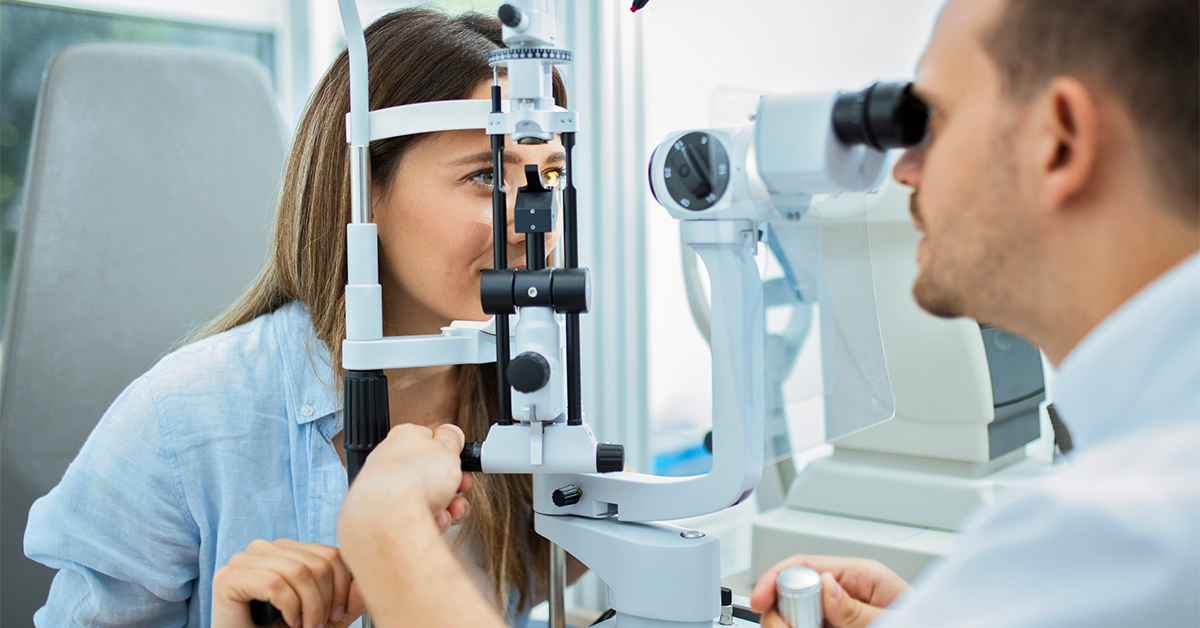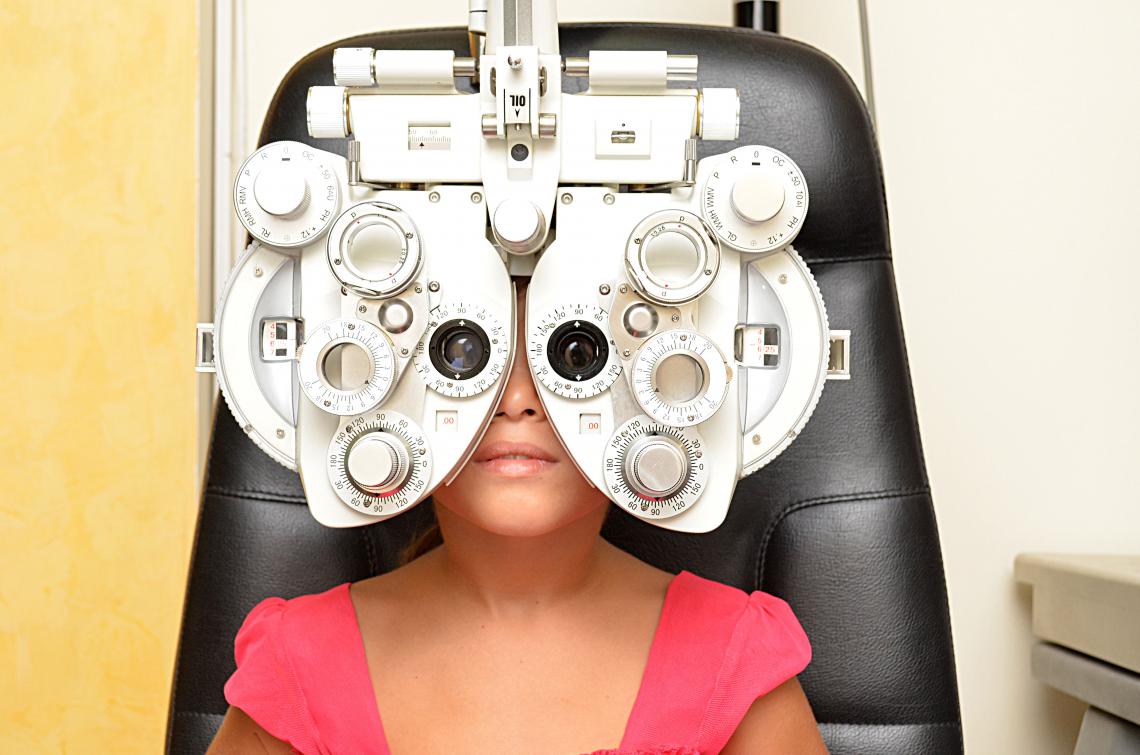Just How an Eye Doctor Can Change Your Vision Health in Chino
Just How an Eye Doctor Can Change Your Vision Health in Chino
Blog Article
Discovering the current Technological Developments in Optometry and What They Mean for Optometrists
In the ever-evolving area of optometry, recent technical advancements are improving just how specialists come close to eye care. From the accuracy of Optical Coherence Tomography to the nuanced insights supplied by AI-driven analysis tools, these developments are establishing brand-new requirements in individual analysis and treatment. Teleoptometry is poised to redefine availability, ensuring that know-how goes beyond geographical restrictions. As these innovations permeate the method, optometrists are encountered with the difficulty of welcoming these tools to boost patient outcomes. The inquiry stays: just how will these technological shifts redefine the duties and obligations within the profession?
Technologies in Diagnostic Tools
Advancing the area of optometry, technologies in analysis devices have actually transformed the method eye care professionals examine and detect aesthetic problems and ocular problems. The previous years has actually seen considerable technical innovations, allowing even more precise and detailed analyses. Optical Comprehensibility Tomography (OCT), for instance, provides high-resolution cross-sectional photos of the retina, permitting the very early detection of illness such as glaucoma and age-related macular degeneration. This non-invasive imaging method has ended up being essential in contemporary optometric technique.
Another key innovation is the introduction of innovative corneal topography systems, which map the surface curvature of the cornea with precision. These tools are specifically useful for suitable call lenses and identifying corneal problems. Additionally, electronic retinal imaging has actually changed conventional ophthalmoscopy, using in-depth, scenic sights of the retina that promote extensive aesthetic evaluations.
The growth of wavefront aberrometry has actually additionally been essential, allowing the analysis of refractive errors with unequaled precision (Optometrist Chino). This modern technology helps in customizing corrective lenses and enhancing surgical results for refractive surgical procedures. Jointly, these analysis advancements empower optometrists to deliver premium client care, ensuring early treatment and customized therapy approaches, eventually enhancing aesthetic wellness results
AI in Patient Monitoring
Building on the structure of sophisticated diagnostic tools, the unification of synthetic knowledge (AI) in client management stands for a transformative leap for optometry. AI systems are significantly employed to boost effectiveness, precision, and personalization in individual care.
In addition, AI-driven platforms assist in structured client communications and administrative procedures. Automated organizing, online appointments, and customized follow-up plans not just improve individual complete satisfaction but likewise maximize time management for practitioners. These systems can triage people based on the necessity of their problems, making certain that those in essential need get punctual interest.
Furthermore, AI improves decision-making by supplying eye doctors with evidence-based recommendations and treatment paths. By incorporating data from digital health and wellness documents, AI devices use insights that inform scientific choices, minimizing the risk of errors and enhancing individual outcomes. As AI remains to advance, its duty in patient management will likely expand, reshaping the landscape of optometric care.
Developments in Retinal Imaging
In the realm of optometry, retinal imaging has actually observed impressive technical advancements that are improving diagnostic abilities and individual care. Advancements such as Optical Comprehensibility Tomography (OCT) and fundus digital photography have changed how eye doctors envision and evaluate the retina. OCT, in certain, provides high-resolution, cross-sectional photos of the retina, enabling the comprehensive examination of its layers. This capability is vital for very early detection and management of problems like glaucoma, diabetic person retinopathy, and age-related macular deterioration.
Improved imaging techniques like OCT angiography are further refining analysis precision. This non-invasive method maps blood circulation in the retina, offering crucial understandings right into vascular health without the demand for dye injections. Furthermore, flexible optics innovation is being incorporated into retinal imaging systems to deal with ocular aberrations, supplying unmatched image clearness. Such improvements help with the identification of min retinal adjustments that might indicate condition progression.
Moreover, innovations in man-made intelligence are enhancing retinal imaging by making it possible for automatic analysis of large datasets. These systems help eye doctors in identifying patterns a sign of pathology, thereby enhancing diagnostic accuracy and performance. Collectively, these technologies are changing retinal imaging into a cornerstone of modern eye care, enhancing end results and expanding restorative possibilities.
Teleoptometry's Expanding Role
Teleoptometry is increasingly coming to be an important part of eye care, driven by innovations in electronic interaction and diagnostic tools. This is especially helpful in underserved and rural areas where access to specialized eye care is often limited.
The integration of expert sites system (AI) more improves teleoptometry, making it possible for the analysis of visual data and helping in the detection of eye conditions such as glaucoma and diabetic person retinopathy. AI-powered algorithms can rapidly analyze complex imaging information, giving eye doctors with beneficial insights that reinforce clinical decision-making.
Additionally, teleoptometry sustains connection of care via smooth combination with digital health records (EHRs), enabling eye doctors to preserve thorough person backgrounds. This guarantees that people get consistent and tailored treatment also when speaking with various experts.
Regardless of these advantages, obstacles continue to be, consisting of making certain information security and handling individual expectations. Nevertheless, teleoptometry represents a significant stride towards more easily accessible, reliable, and patient-centered eye care. As innovation advances, its duty is positioned to broaden further.

Future Trends in Eye Treatment
A myriad of innovative trends is readied to improve the future of eye care, driven by technical innovations and the advancing requirements of individuals. One substantial pattern is the integration of synthetic intelligence (AI) in diagnostics, which promises to boost the accuracy and performance of eye evaluations. AI formulas can analyze vast quantities of information from retinal images, possibly identifying problems like diabetic retinopathy and glaucoma earlier than standard approaches.
Additionally, tailored medicine is acquiring traction in optometry, with hereditary screening informing tailored therapy strategies. This method aims to maximize client end results by customizing interventions to private genetic profiles. Wearable technology, such as wise contact lenses, is additionally coming up, offering real-time surveillance of intraocular stress or glucose degrees, thus supplying continuous insights into ocular and systemic health.
The adoption of increased fact (AR) and virtual truth (VIRTUAL REALITY) in training and person education is another arising pattern. These modern technologies offer immersive experiences that can enhance understanding and abilities both for eye doctors and patients. As these patterns evolve, eye doctors have to remain abreast of technical advancements to provide advanced treatment, making sure improved client outcomes and complete satisfaction in the vibrant landscape of eye care.
Conclusion

Jointly, these analysis developments empower eye doctors to provide superior individual treatment, ensuring early treatment and tailored treatment techniques, eventually improving aesthetic health and wellness outcomes.

As these innovations proceed to evolve, optometrists need to adapt and integrate them right into method, ultimately maximizing operations effectiveness and boosting the criterion of eye treatment supplied to patients.
Report this page